In the realm of culinary arts, boiling meat with a blend of spices and herbs, commonly known as “卤肉” (lu rou) in Chinese cuisine, stands as a testament to the harmony of flavors and textures. This timeless technique, which originated in China and has since spread across various culinary cultures, involves simmering meat in a fragrant broth until it becomes tender, juicy, and infused with the essence of the spices. However, mastering the art of boiling卤meat necessitates an understanding of one crucial factor: how long to cook it for. This article delves into the intricacies of boiling卤meat, exploring the various factors that influence cooking time and offering practical guidelines to ensure a perfect dish.
Understanding the Basics: What is卤Meat?
卤Meat, or lu rou, is a traditional Chinese cooking method where meat is slowly simmered in a rich, aromatic broth made from soy sauce, sugar, spices like star anise, cinnamon, and cloves, as well as herbs such as ginger and garlic. The process not only tenderizes the meat but also allows the flavors to meld together, creating a dish that is both savory and aromatic. Commonly used meats include pork, beef, chicken, and even tofu for a vegetarian option.
Factors Influencing Cooking Time
Several variables determine the optimal cooking time for卤meat, each requiring careful consideration to achieve the desired result.
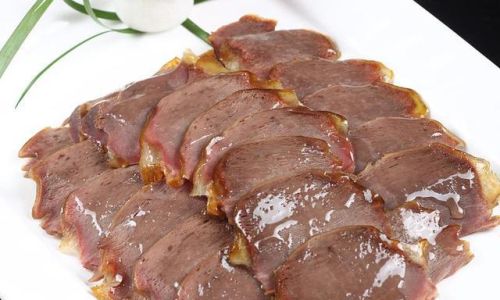
-
Type and Cut of Meat: Different types and cuts of meat vary significantly in their cooking times. For instance, pork belly, known for its fatty layers and marbled texture, requires a longer cooking period to render the fat and achieve a tender, melt-in-your-mouth consistency. Conversely, chicken breasts, which are leaner and more delicate, cook much faster and require less time to avoid overcooking and drying out.
-
Size and Shape: The size and shape of the meat pieces also play a pivotal role. Larger cuts or whole pieces of meat, such as a whole chicken or a large pork shoulder, will take longer to cook through compared to smaller, bite-sized pieces. Additionally, thicker cuts require more time to allow heat to penetrate to the center, ensuring even cooking.
-
Temperature and Heat Source: The cooking temperature and the type of heat source used (stovetop, oven, slow cooker) directly impact the cooking time. Simmering at a gentle, consistent temperature ensures that the meat cooks evenly and slowly, allowing flavors to develop without scorching or drying out. Higher temperatures can speed up the process but may risk toughening the meat or burning the broth.
-
Desired Texture and Doneness: Personal preference for the final texture and doneness of the meat is another critical factor. Some prefer their卤meat to be fall-apart tender, while others might like it with a bit of chew. Adjusting cooking time accordingly can satisfy these diverse tastes.
General Guidelines for Cooking卤Meat
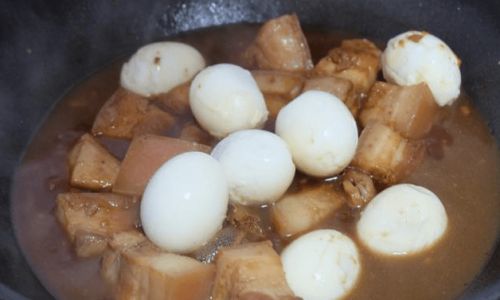
While there isn’t a one-size-fits-all formula for cooking卤meat, here are some general guidelines to help you get started:
-
Pork Belly or Shoulder: These cuts are rich in fat and collagen, requiring a longer cooking time to break down the fats and tenderize the meat. Expect to simmer for at least 2 to 3 hours, or even longer for larger pieces, until the meat is fork-tender.
-
Chicken Pieces: Chicken breasts and thighs generally cook faster, with breasts taking around 45 minutes to an hour and thighs slightly longer, around 1 to 1.5 hours. Whole chickens may need up to 2 hours or more, depending on their size.
-
Beef Brisket or Short Ribs: These cuts are tough and benefit from long, slow cooking. Plan for at least 3 to 4 hours, or even overnight in a slow cooker, to achieve the desired tenderness.
-
Tofu or Vegetarian Options: For vegetarian卤meat, tofu or tempeh can be simmered for about 30 minutes to an hour, depending on the firmness and desired texture.
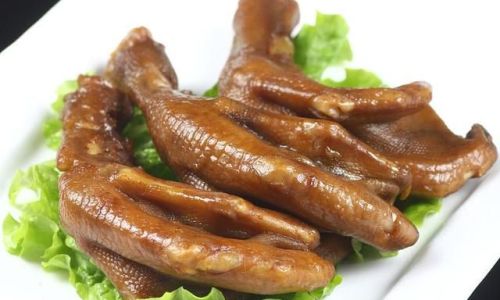
Tips for Perfect卤Meat
-
Marinate if Possible: Marinating the meat in the卤broth for a few hours or overnight can deepen the flavors and enhance the cooking process.
-
Use a Slow Cooker: A slow cooker is an excellent tool for卤meat, as it maintains a consistent, low temperature, allowing the meat to cook slowly and evenly without the need for constant monitoring.
-
Skim the Fat: Periodically skim off any excess fat that rises to the surface of the broth during cooking to keep the final dish light and flavorful.
-
Taste and Adjust: Throughout the cooking process, taste the broth and adjust the seasoning as needed. Adding more soy sauce, sugar, or spices can balance the flavors and enhance the overall taste.
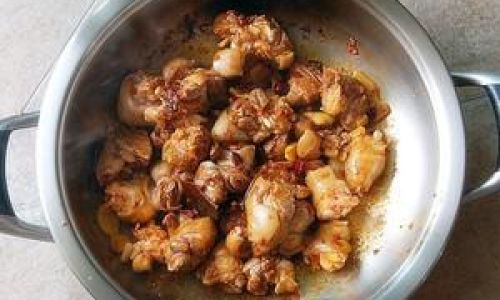
-
Rest the Meat: After cooking, allowing the meat to rest for a few minutes helps redistribute juices, ensuring a moist and tender final product.
In conclusion, the art of boiling卤meat is a delicate balance of time, temperature, and ingredients. By understanding the variables that influence cooking time and following these practical guidelines, you can create a dish that is not only flavorful but also tender and satisfying. Whether you’re a seasoned chef or a culinary novice, the journey of mastering卤meat is a rewarding endeavor that promises a culinary adventure filled with aromatic scents and savory delights. Happy cooking!
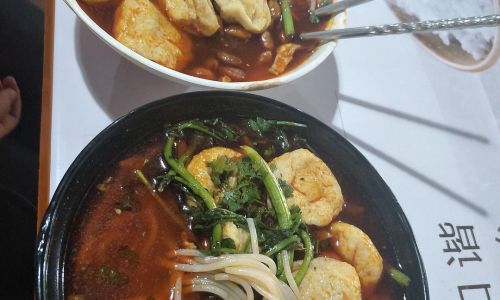
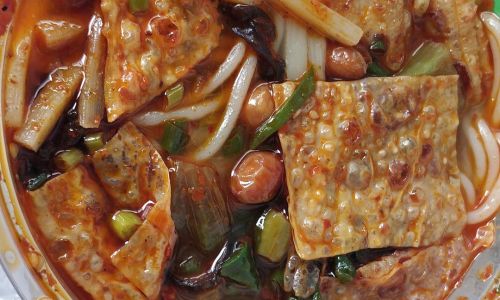
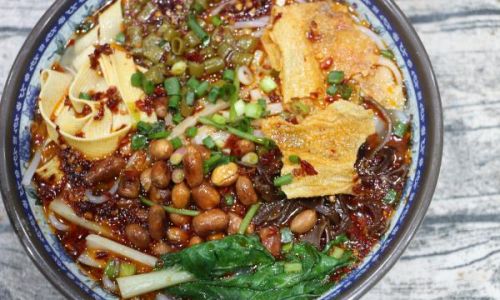
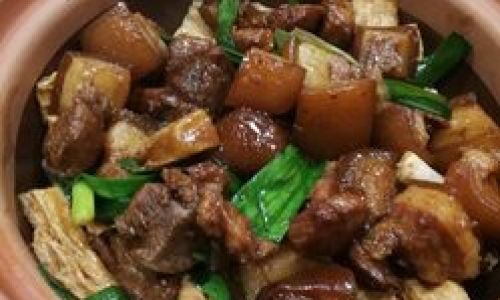
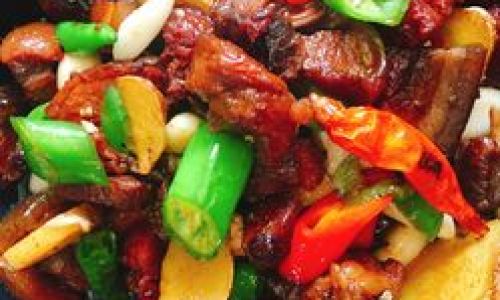
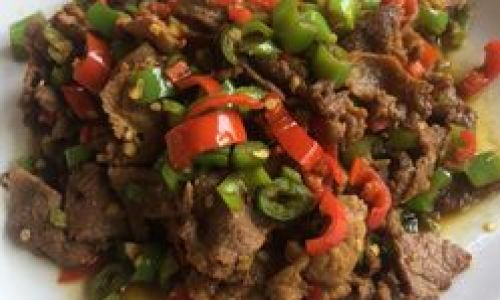
0 comments